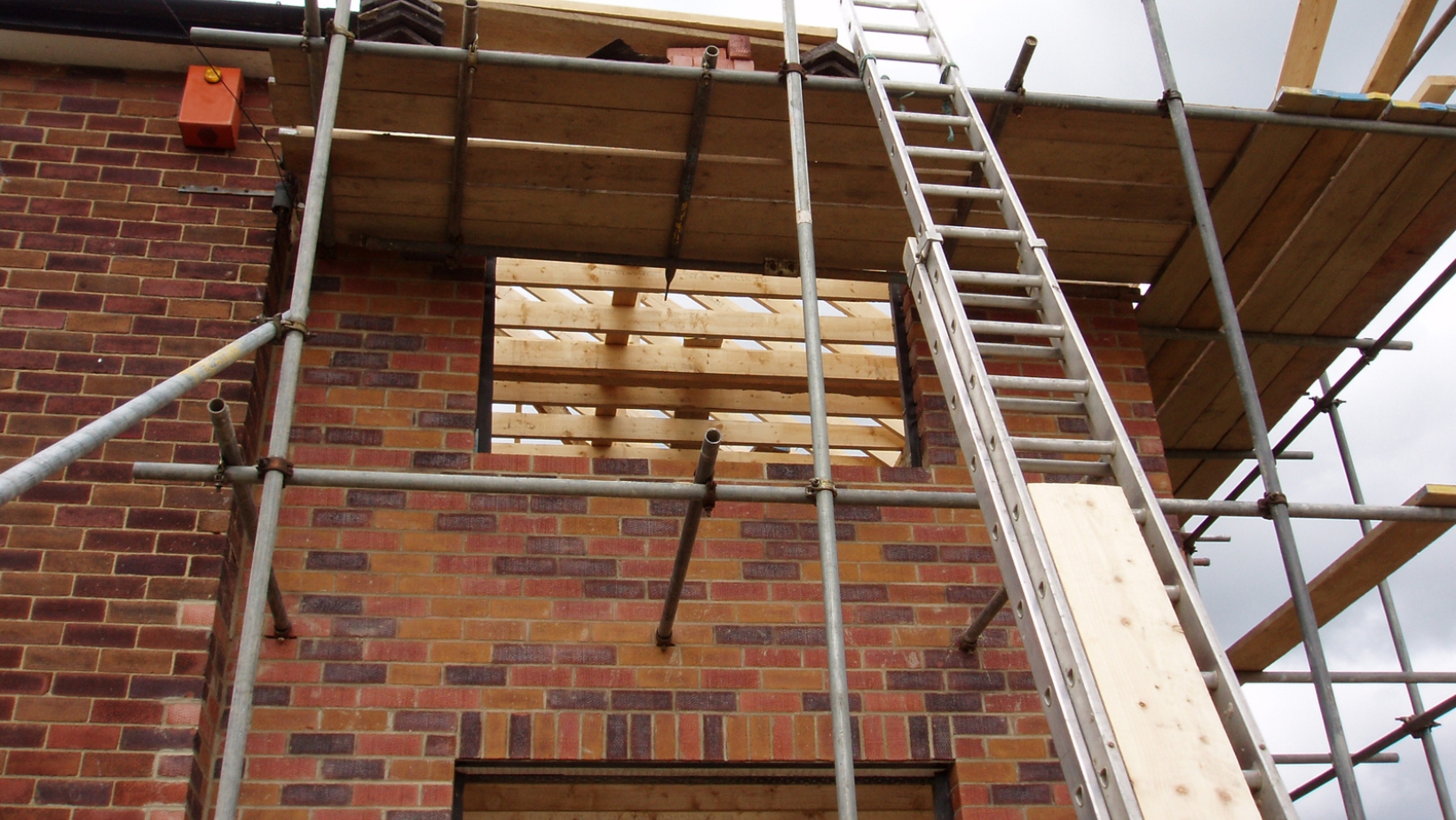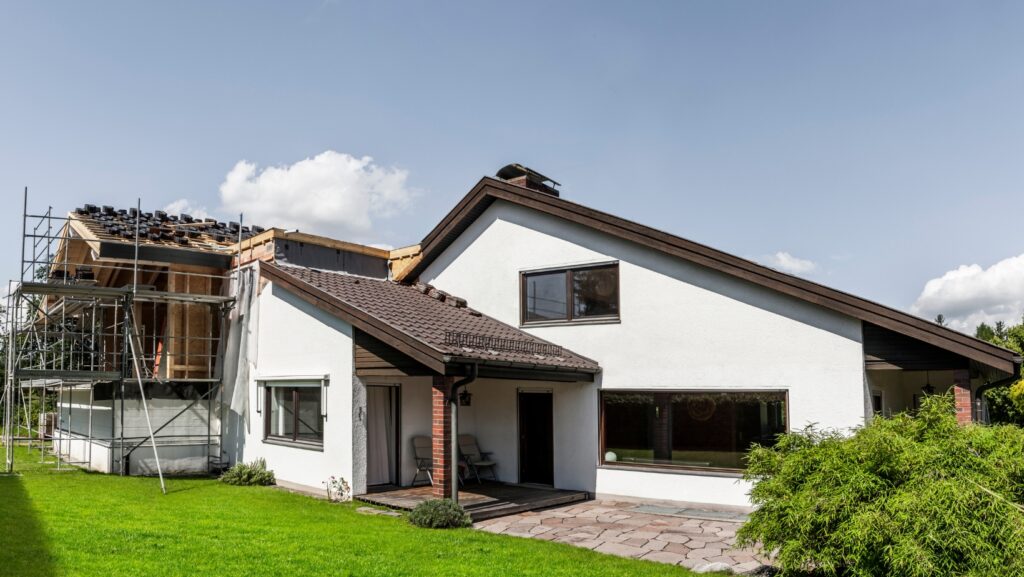When envisioning a home extension, most homeowners focus on design, space, and functionality. However, before breaking ground, it is crucial to investigate what lies beneath your property. Hidden infrastructure can turn a promising project into a costly disaster if not properly identified and managed. One key step is ensuring that you conduct underground service locating before any excavation begins. This proactive measure helps prevent accidental damage to vital utilities and avoids significant delays during construction.
Beyond the aesthetic appeal of additional living space, a home extension involves careful planning and adherence to various safety protocols. Digging into the foundation without a clear understanding of what lies below can result in unintentional damage to water, gas, or electrical lines. Not only does this pose a risk to your safety and that of your neighbors, but repairing such damage can also inflate your budget unexpectedly. Understanding these potential pitfalls early in the process is essential for a smooth and secure extension project.

The importance of knowing your property’s subsurface layout cannot be overstated. It is easy to overlook underground elements, yet these often include essential infrastructure built over decades. When planning your extension, factor in the age of your property and any previous construction that might have altered the original layout. With the proper precautions in place, you can avoid the hazards of building over active utility lines, drainage systems, or other critical services that could compromise your project.
Assessing Hidden Hazards
Before you finalize your home extension plans, take the time to assess the hidden hazards that may be lurking beneath your property. Begin by reviewing any available property surveys or blueprints, as these documents can offer a preliminary idea of underground structures. Keep in mind that changes over time may have altered the initial design, so it is wise to hire professionals for a detailed inspection. An expert assessment can reveal:
- The location of water and sewer lines
- The routing of gas and electrical cables
- The presence of drainage or septic systems
- Any previous modifications that could affect the structural integrity of the new extension
Steps to Ensure a Safe and Efficient Project
Once you have a clear understanding of your property’s underground layout, you can plan your home extension with confidence. Here are some actionable steps to guide you through the process:
- Consult with Professionals: Engage architects, engineers, and contractors who have experience with similar projects. Their expertise can help identify any potential issues that you might miss as a DIY planner.
- Obtain Necessary Permits: Ensure that your extension meets local building codes and zoning regulations. Permits not only legalize the construction but also require inspections that can catch problems early on.
- Create a Detailed Blueprint: Work with your design team to create a comprehensive blueprint that outlines every aspect of the extension. This document should include structural details, material specifications, and any modifications needed to accommodate underground utilities.

- Plan for Contingencies: Set aside a portion of your budget to address unforeseen issues. Even with meticulous planning, surprises can occur, and a contingency fund ensures that your project remains on track without financial strain.
Long-Term Benefits of Thorough Planning
Investing time and resources into proper pre-construction checks is not only a safeguard against potential hazards but also contributes to the long-term success of your extension. By avoiding conflicts with hidden infrastructure, you ensure that the new addition is both structurally sound and safe for everyday use. Home extensions, when executed properly, add significant value to your property and can transform your living space to better suit your evolving needs.
Taking the time to plan diligently for your home extension can make the difference between a smooth, successful project and one marred by setbacks and unexpected costs. By prioritizing safety through proper assessments and consulting with experts, you create a solid foundation for your project. This careful approach not only minimizes risk but also paves the way for a home extension that enhances your property’s value, functionality, and overall aesthetic appeal, allowing you to enjoy your new space with confidence and peace of mind.

